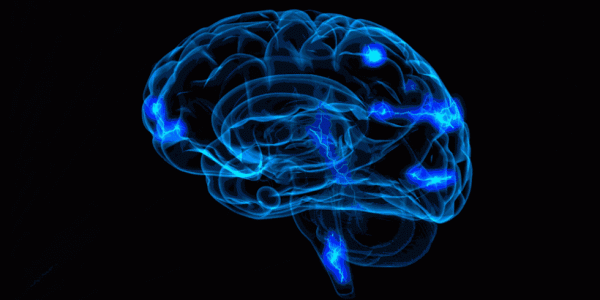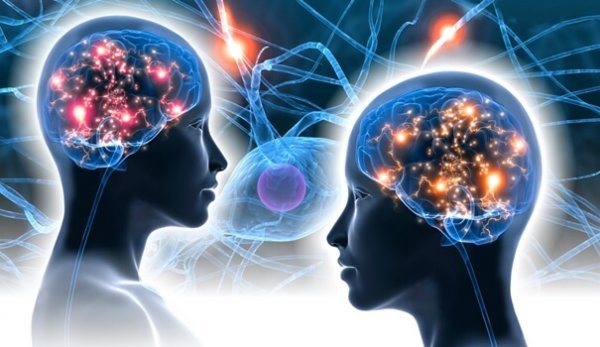Antonio Damasio, Neurologist of Emotions


Written and verified by the psychologist Valeria Sabater
A professor of neuroscience, neurology, and psychology at the University of Southern California, he also won the Prince of Asturias award in 2005. His studies on emotions and the mechanisms of consciousness put him on the map.
Maybe you already know his name. Perhaps you looked up to him for years, or found one of his books by chance.
One of his most well-known books, “Self Comes to Mind: Constructing the Conscious Brain,” is by itself a huge challenge to the ideas we might have about this fascinating organ in our bodies.
Our brain is far from a mystery to Antonio Damasio. It’s actually a well-defined entity he unravels very clearly. It’s evident that he is an amazing scientist and great educator.
In fact, there are even people who say Damasio isn’t just a neuroscientist: he’s also a neurophilosopher. In his books he shows us the brain as an entity inhabited by more than our individuality and emotional, ethical, and moral worlds.
Our brain contains society itself, and our essence as humanity. He says the same thing in a lot of his works: “Only when we more deeply understand the brain’s functioning, will we achieve it…we’ll be happier.”

Antonio Damasio, a Different Kind of Neuroscientist
There are a lot of different types of neuroscientists. But up to not long ago there were too many of the mechanical, reductionist kind. They were the ones who said, for example, that our thoughts, reflections, and decisions during the day were the outcome of a simple connection of a group of specific neurons in a particular region of the brain.
So then…where does that fit in with our consciousness? Is there a specific area that’s able to orchestrate it all? What about emotions and feelings, where are they produced?
Many of those scientists, in the not-so-distant past, smiled ironically at these kinds of ideas and questions.
But nowadays we have inspiring people like Antonio Damasio putting that reductionist approach aside. They open up new approaches and help us understand the importance of concepts like consciousness and emotions.
Consciousness, to start with, isn’t in any specific part of the brain. Consciousness is a process and an entity present in every single species.
In fact, according to Damasio himself, even single-cell organisms like bacteria or amoeba have a small amount of consciousness. They work to maintain their wholeness, so they can survive.
Therefore every organism, every living being, has some degree of consciousness. And with it they adapt to their environment and develop.
We, on the other hand, have taken a huge evolutionary leap. Our consciousness includes dimensions like memory, imagination, creativity, and logical reasoning.

Antonio Damasio: Emotions and Feelings
To talk about Antonio Damasio is also to talk about Hanna Damasio, his wife who’s also a neurologist. They work shoulder to shoulder in research. Together they work towards their goal of bringing their discoveries to the greater public.
Thanks to their research with many patients, the Damasio couple has collected great amounts of data. With that data, they’ve formulated some important hypotheses.
One of them is that emotions are actually a group of chemical and neuronal responses in a distinctive pattern. Antonio Damasio defined it as a “somatic marker.”
With this name he was referring to how we all have an emotional trace that makes us react. It influences certain behaviors, or or how we make certain decisions and not others. Plus, according to this neuroscientist, emotions come before feelings.
An Example of Emotions versus Feelings
We’ll give you an example. Say we’re walking down the street and suddenly we hear someone scream. What we feel instantly is a physical reaction. Our heart speeds up, we’re paralyzed, our pupils dilate, and we instantly have a feeling of alarm, fear…
Emotions, for Damasio, belong to the body, triggering a series of specific chemical and organic alterations. After emotions come feelings, which have a much deeper relationship with our thoughts.

Antonio Demasio believes it’s very important for us to learn to see emotions and feelings as different things. And then, we need to see how emotions are what comes first.
Let’s think for example about stress, the negative emotions that take over, the physical discomfort or illness they cause, and what those mental states do to us. We start to have more pessimistic, less flexible thoughts, we stop seeing ways out of our everyday problems…
Therefore one of our goals should be to cultivate positive emotions — above all else. But that also requires taking care of our body as well. We have keep ourselves safe, whether physically or mentally, and have peace too.
It’s something we can all experience. Some do it by practicing meditation or relaxation. A calm body means a relaxed mind, centered mind that thinks better and makes better decisions.
Bibliographic References
Damasio, Antonio (2003): Looking for Spinoza. Joy, Sorrow, and the Feeling Brain. Random House, New York
Damasio, Antonio (2010) Self Comes to Mind: Constructing the Conscious Brain. Vintage, New York
All cited sources were thoroughly reviewed by our team to ensure their quality, reliability, currency, and validity. The bibliography of this article was considered reliable and of academic or scientific accuracy.
- Damasio, A. (2018). El error de Descartes: la emoción, la razón y el cerebro humano. Ediciones Destino.
- Damasio, A. (2005): En busca de Spinoza. Neurobiología de la emoción y los sentimientos. Crítica, Barcelona
- Damasio, A. (2008) Y el cerebro creó al hombre. Barcelona: Destino
This text is provided for informational purposes only and does not replace consultation with a professional. If in doubt, consult your specialist.








